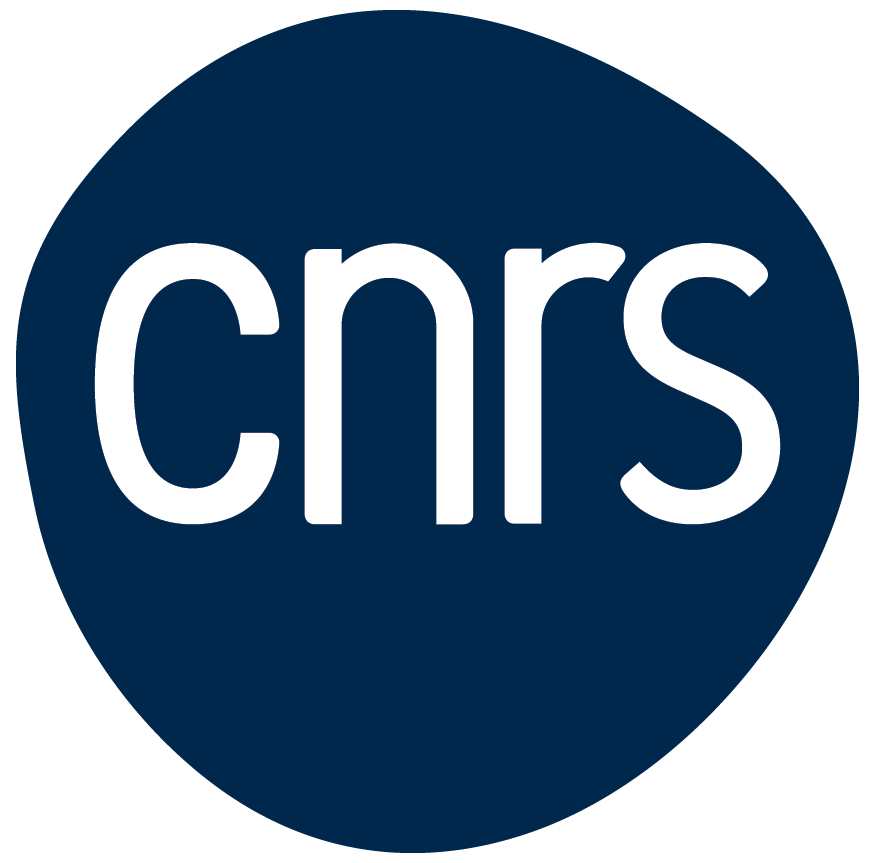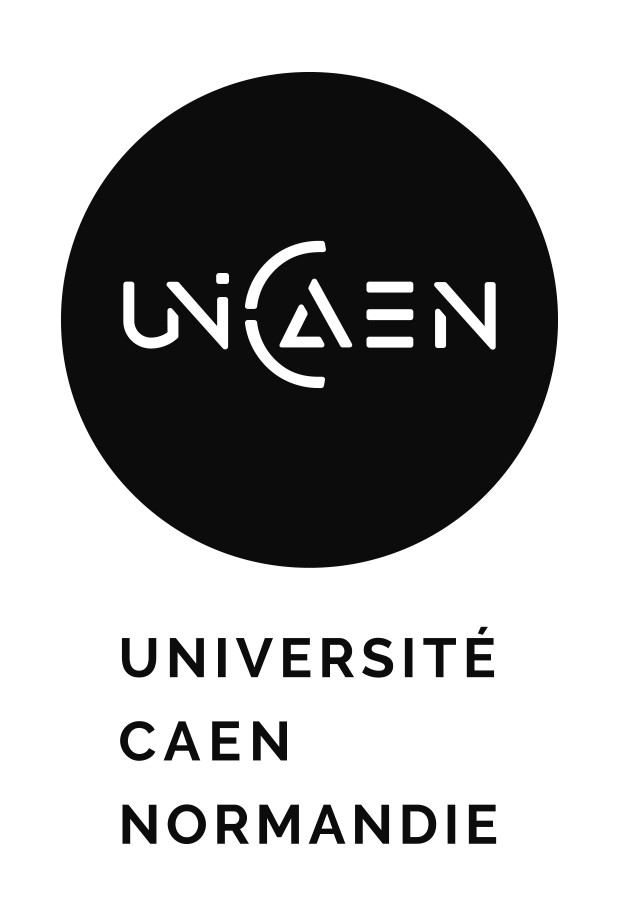Actualités
- Details
A new paper from our research unit has just been published
International Jounal of Radiation Oncology Biology Physics (IF 7).
Physical Activity Attenuates Brain Irradiation-Associated Skeletal Muscle Damage in the Rat.
Bécam Julie, Ropars Gwen, Dwiri Fatimah-Azzahrra, Brunaud Carole, Toutain Jérôme, Chazalviel Laurent, Naveau Mikaël, Valable Samuel, Bernaudin Myriam, Touzani Omar, Pérès Elodie A.
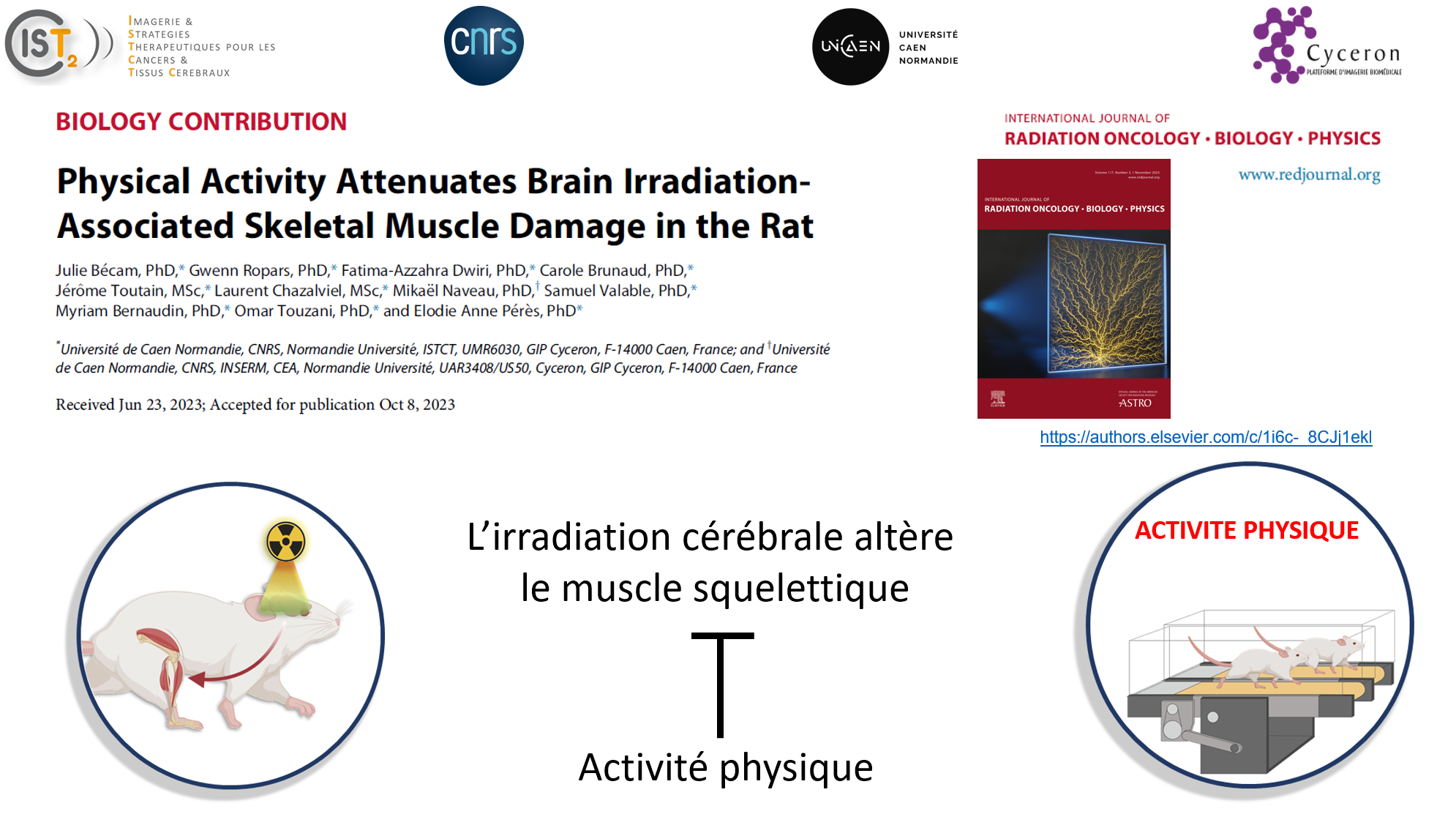
- Details
Julie Becam a soutenu sa thèse le jeudi 23 novembre 2023 à 14h, salle Jules Horowitz, Cyceron.
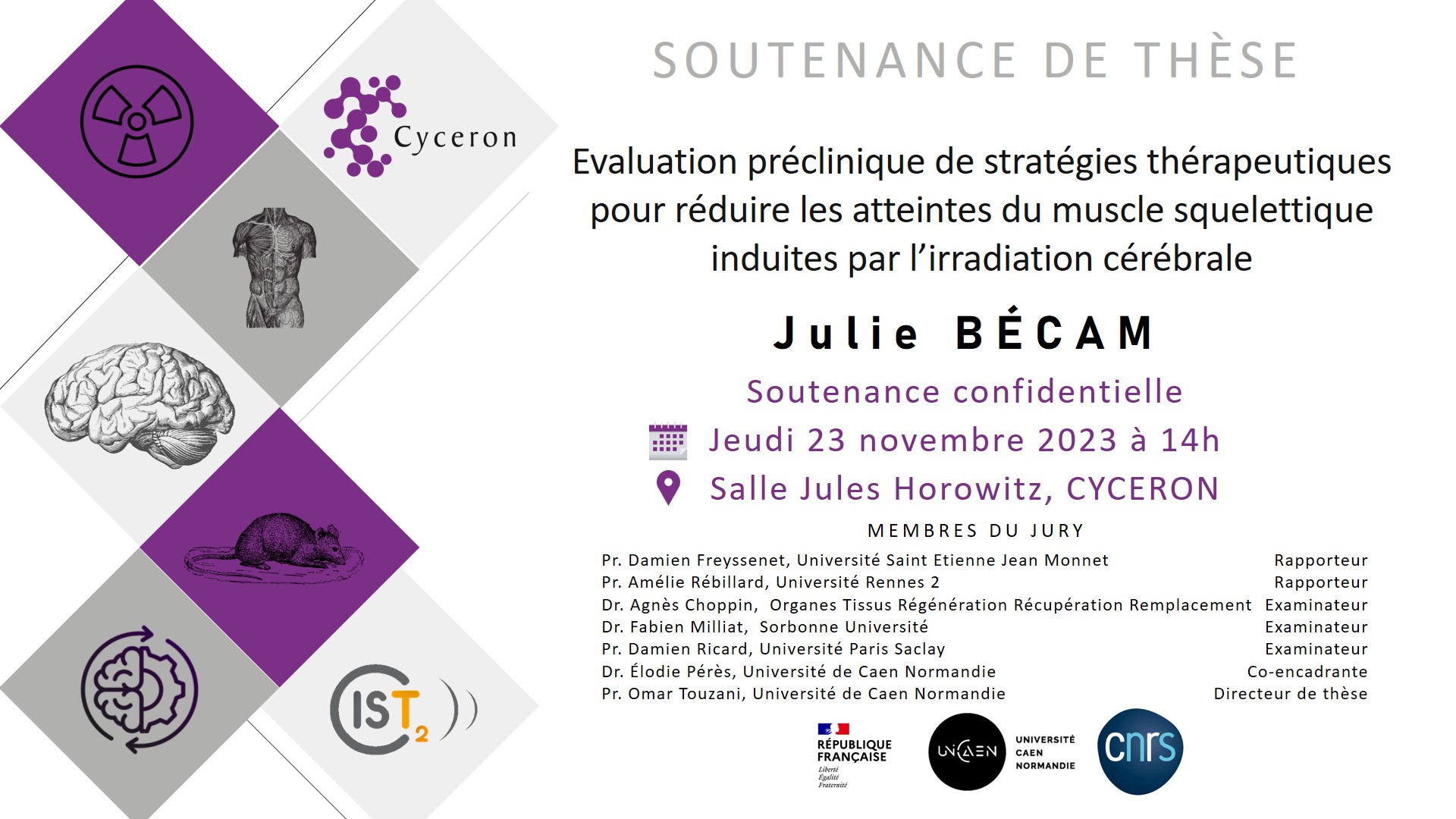
- Details
Félicitations
Yasmine Chocky a gagné un des 3 prix du concours d'illustrations scientifiques 2023 de cyceron.

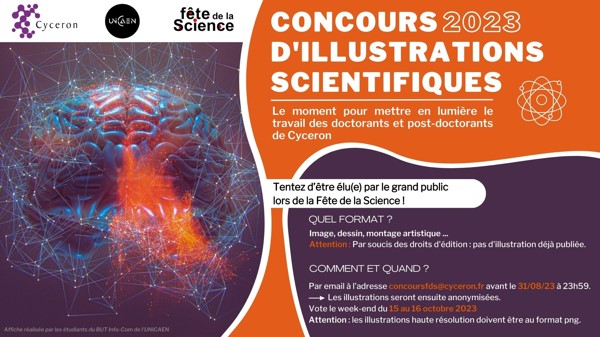
- Details
L'atelier "XPLORE ton cerveau" avec la maquette de l'IRM X'Plor a eu beaucoup de succès lors de la fête de la Science 2023 le week-end du 14-15 octobre au Village des Sciences.
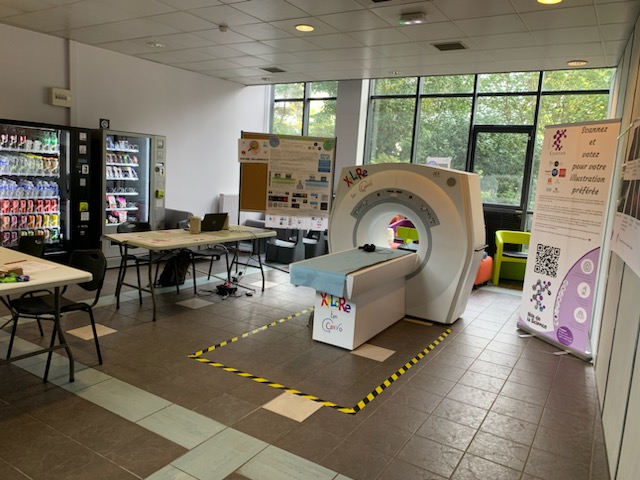
- Details
Thao Pham a obtenu une bourse jeune chercheur de la Société Francaise de Biologie des Radiations (SFBR) qui lui permettra d'aller au congrès aannuel de la Société Francaise de Radiothérapie Oncologique (SFRO) qui aura lieu à Montpellier du 20 au 23 septembre 2023.


 Français (France)
Français (France)  English (United Kingdom)
English (United Kingdom) 